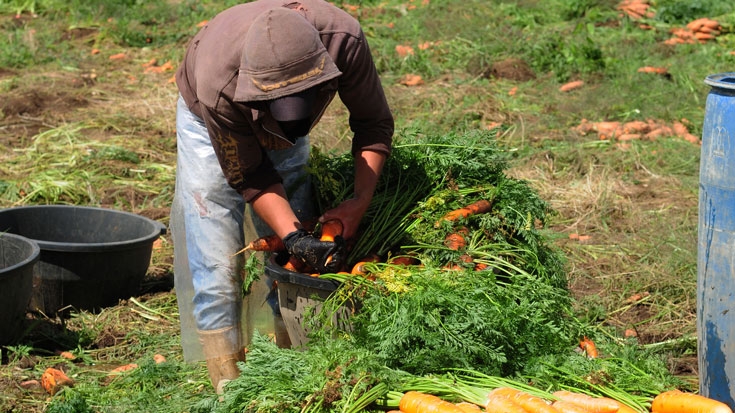Christopher Nolan’s recent box office hit, Interstellar, describes a future where only corn can be grown. The influence of human activity has altered the climate to the point that most grains cannot resist strong winds, rain or drought.
It is a science fiction movie, but the plot is not as far from reality as we might think.
Increasingly, Latin Americans are modifying their diets to include grains that have survived soil degradation or flooding, while another large segment no longer has the staple of their basic diet: the most recent drought in Central America put two million people at risk of starvation.
Climate variations can also leave many citizens without work. At a macroeconomic level, the impact is considerable: the agricultural sector employs nearly 20% of the population of Latin America and the Caribbean and represents 21% of regional GDP.
Experts predict that the impact of climate change on the production of basic grains may be much worse than we imagined. In Argentina, for example, World Bank estimates indicate that farmers will lose US$ 2.5 billion in soy and corn crops due to climate change.
How can we understand this phenomenon? And more importantly, what alternatives do we have? WB agricultural expert, Diego Arias, discusses how climate change will affect what we eat and how we can mitigate its impact:
1. Not all climate shocks have the same impact
In the Caribbean, Central America and Mexico, hurricanes, tropical storms and windstorms are the climate events that most affect crops. Strong winds affect coconut and banana crops when the fruits fall from the trees, says Arias. Contrary to popular belief, it is not necessarily a hurricane that causes land losses, unless it produces a lot of rain.
Additionally, certain isolated events affect some inhabitants. According to Arias, “hail or a frost in a mountainous area may affect only a small group of people. In Latin America, there are many microclimates.”
2. Drought, the worst of all
Today, however, everyone agrees that drought poses the biggest threat in the region: from Central America to Brazil and Argentina, problems have arisen due to the lack of rain, says Arias.
According to the expert, drought does not occur for hours or days but rather occurs in stages over a period of months. The last drought in northeastern Brazil lasted for four years. “By shifting from a marginal to an incremental form, drought does not call attention to itself until the situation is severe” says Arias “Early warning mechanisms are needed, different from those for floods or hurricanes.”
3. The poor are on the front lines
In the scenarios described above, the poor may suffer income losses. If production decreases, food costs rise. “Many farmers who sell their crops at the market benefit because they take advantage of that price; however, studies indicate that, for example, droughts increase poverty levels” tells Arias.
“Countries such as Paraguay or Nicaragua suffer the most direct impact because they have many subsistence households. This differs from the structure of small-scale farm households in Argentina or in southern Brazil, which sell most of what they grow,” says the expert. “Because they cannot produce, these rural families have nothing to eat and in addition they have to buy foods at higher prices. It is a double shock for them. They are the first ones that need help.”

